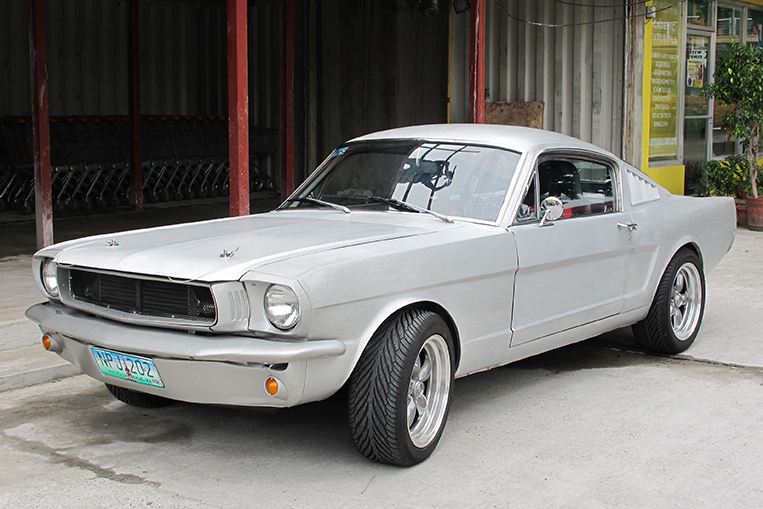
Several years ago, my team and I made an “aluminum Mustang Fastback.” What’s the story behind this?
Two situations actually crossed paths. First, I was searching for a 1965 Ford Mustang Fastback, so I put the word out and called as many people as I could who were into classic cars. But the usual answers were: “They’re all gone” and “You won’t find one anymore.” I may not have a lot of money, but I have a lot of “stubborn” in me. “Won’t” is one of two words I don’t like. The other is “can’t.”
It just so happened that while I was looking for the elusive Mustang, I met up with Ambassador Danding Cojuangco (or ECJ). Now, if there’s a list of serious car collectors in the Philippines, he would be high up on the totem pole. ECJ shared how he had thought of having a special classic Italian race car in his garage copied in aluminum, but that it would be nearly impossible and couldn’t be done in the Philippines because we did not have the equipment and the expertise. I countered that “the Filipino can,” but a slogan was hardly sufficient to counter his opinion.
I eventually caught wind of rumors that a ’65 Mustang Fastback was stashed away on a piggery in Batangas, owned by a lawyer. I sought him out. And when I saw the bullet holes on his gate, I felt I had to be ready for anything. The lawyer was a pleasant man who was gracious enough to show me the “car.” Yes, there had once been a ’65 Mustang there, but what remained was a totally rusted shell that no repair shop would dare to touch. In the dark, dingy and dusty bodega, I quickly realized that it had no engine and no nothing. But the lines—yes, the lines—were all original and straight.
Either out of greed or hallucination from the piggery fumes, I bought the rust bucket for a price my friends and wife considered insane
I quickly loaded the vehicle on a car carrier. As it emerged from the dark, nature’s light revealed the depth of my insanity or my abiding faith in our ability to resurrect the dead or decayed. My welder studied the car several days, and even he could not understand why I bought the shell. He then told me that we would end up having to build a completely new body.
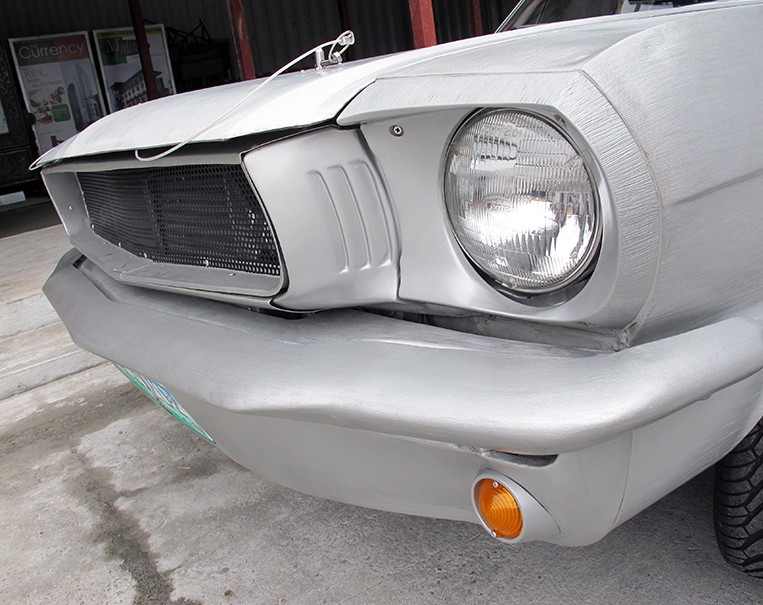
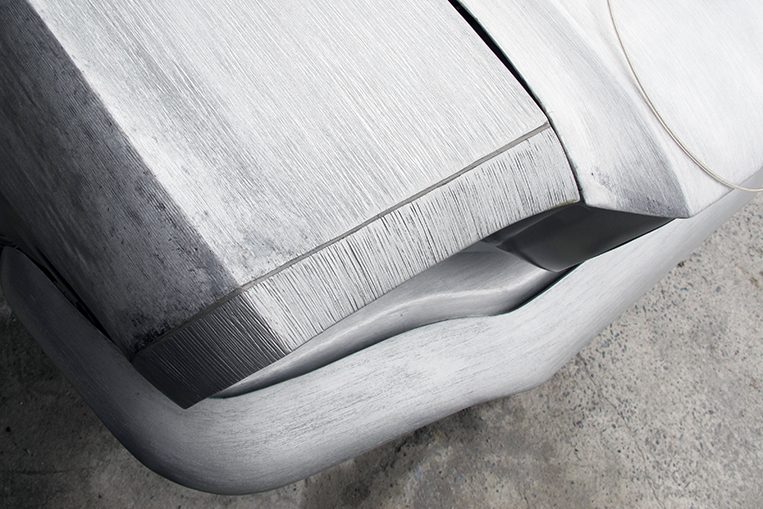
That was when divine inspiration hit me. If we built a new shell, it would end up being “new-old stock” and it wouldn’t be as special. But if we built it out of aluminum, that would be special and I would have proof that, yes, the Filipino can! The latero looked at me as if to say I had reached the pinnacle of madness. He almost bolted the garage saying he had never worked on aluminum and it would be impossible. The last thing he wanted to do was to fail.
I argued: “If we don’t try, we already fail. If we fail trying, at least we tried. Either way, it’s my money and who knows? Maybe we’ll succeed.”
I also pointed out that many air-conditioning shops were already welding aluminum without sophisticated equipment, such as MIG (metal inert gas) or TIG (tungsten inert gas) welders. All we had to do was research and study how the rest of the world did it.
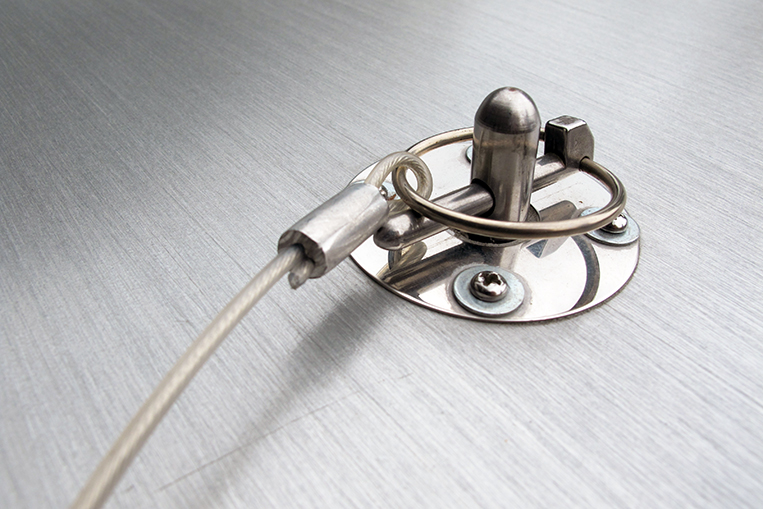
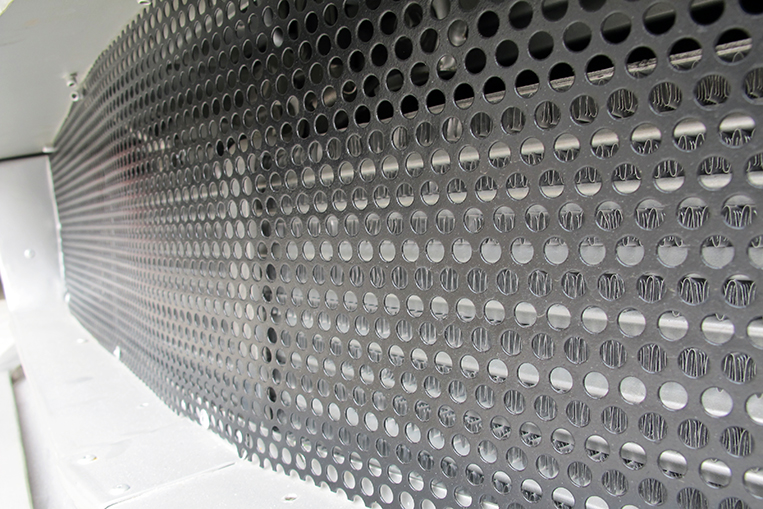
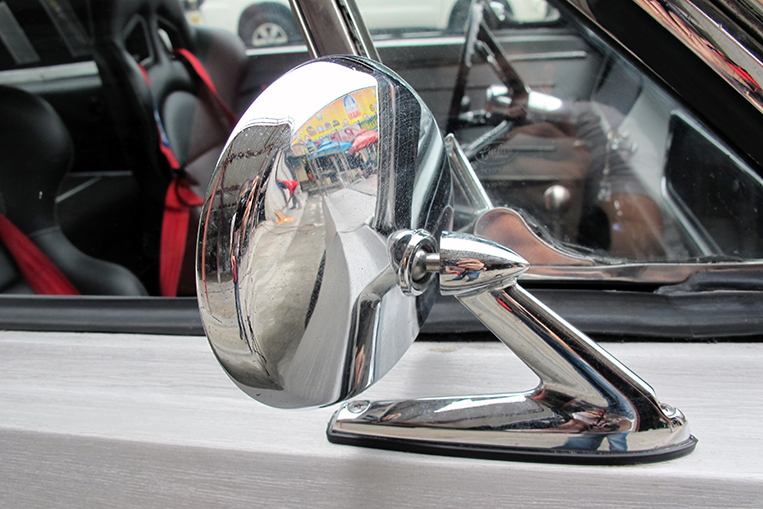
And so we did. I found AA Aluminum Supply on Boni Serrano Avenue in Quezon City. They were really helpful explaining thicknesses and tensile strength. Then I interviewed an experienced air-conditioning technician on the art of welding aluminum. Bear in mind that these guys “weld” aluminum tubes wrapped in paper-thin sheets of aluminum whenever they fix condensers and evaporators. So if anybody knows how, it’s them.
The secret, as it turned out, was to know when the aluminum was nearing melting point (it shines but doesn’t glow). Aluminum may seem soft but only to a certain point—then it crumples or warps. To add body strength, you either use numerous folds on panels or do multiple layers inside each other. What joins the stuff together is brazing powder, which is available in plastic jars. We used a lot of this, together with aluminum welding rods, until we discovered that cutting strips of aluminum was just the same, if not better. Just so you know, it took us all of nine months to go through the learning curve and to build the body from the ground up.
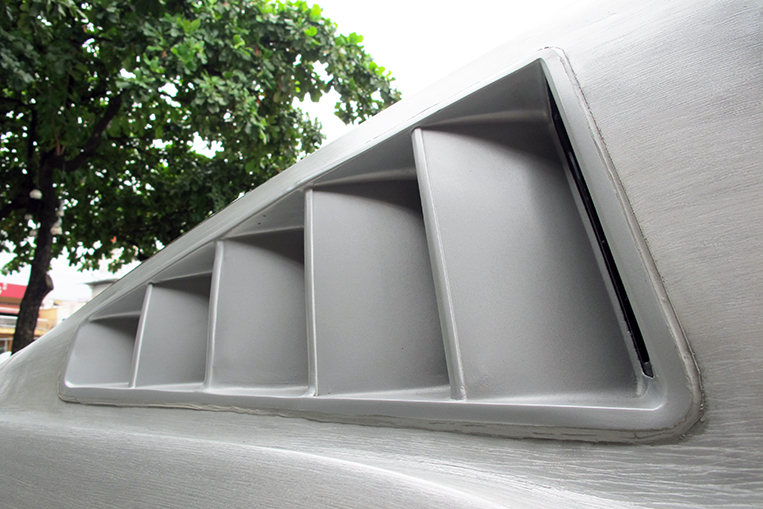
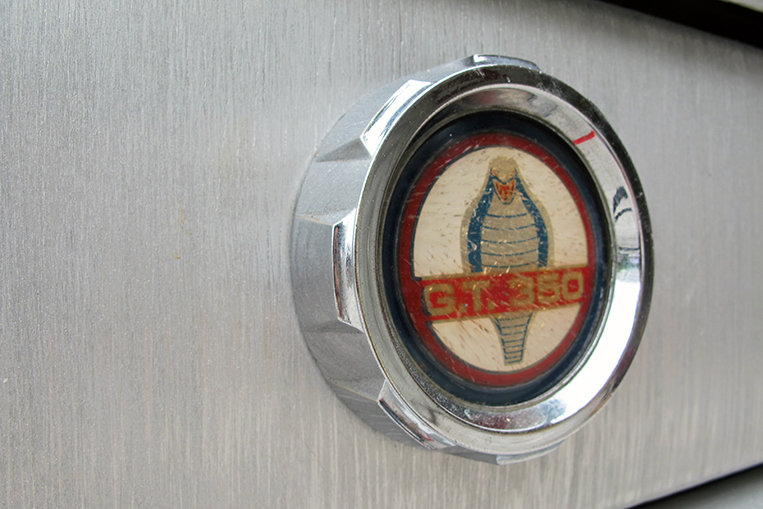
Given that aluminum has a habit of oxidizing or “bleeding,” I was advised to find a special primer similar to that used on aircraft. After a few failed attempts at sourcing, we created what we called a “wind-sheared” effect using special tools (hacksaw blades, hard-steel brushes) and several weeks of serious elbow power. Then we sprayed the material with several layers of clear coat.
We decided to go with the engine, the transmission, the differential and the brake system of a Nissan Skyline RB25. It was something out of Fast & Furious, and I quickly discovered that it was too much of everything for a superlight body. At the moment, I’m seriously considering putting in an original in-line six-cylinder Ford engine just to make sure that the owner—a certain 17-year-old named Hannah Beltran—does not bring the car to Clark International Speedway using a “learner’s permit.” That, by the way, is the reason the car has stayed with the family.
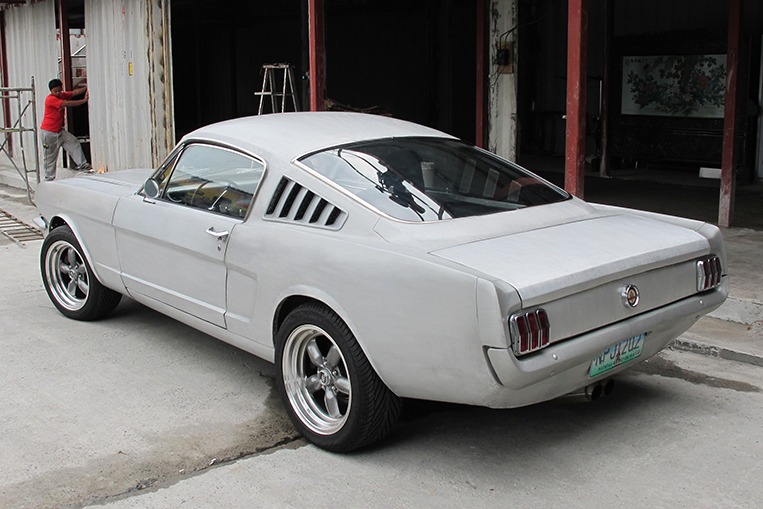
I enjoy resurrecting cars, but not so much for owning them. It’s all about bringing back something everybody has given up on. My guiding principle in this journey is “good, better, best.” Start with something good by knowing what qualifies as a worthwhile project both in terms of value and work. Keep an eye out for something better—sell or trade the good and work on the better. Then ultimately, keep the best. Just remember that it’s just a possession; never be possessed by it.

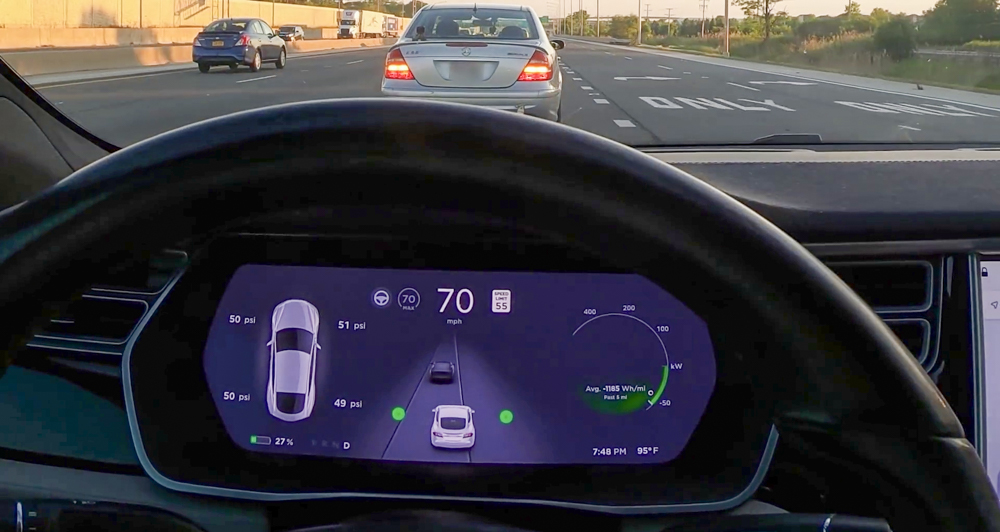


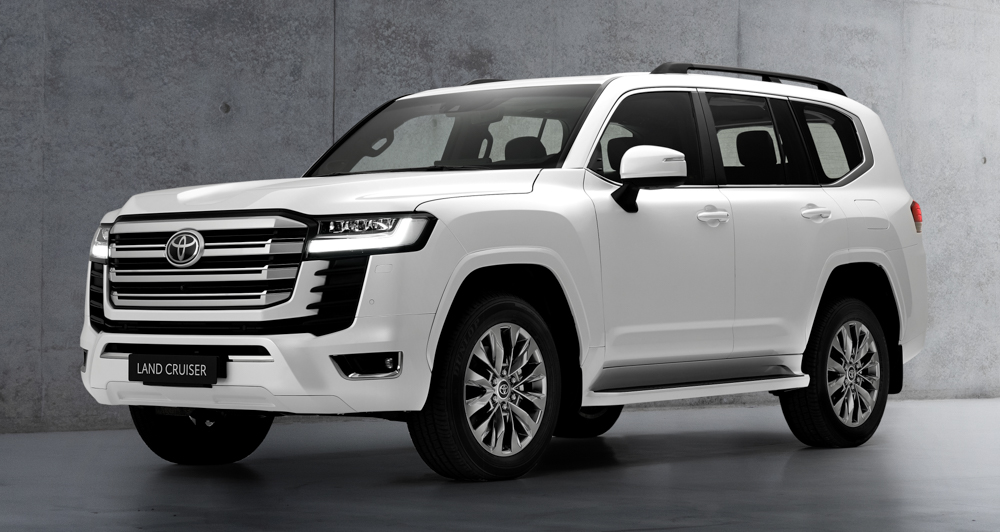
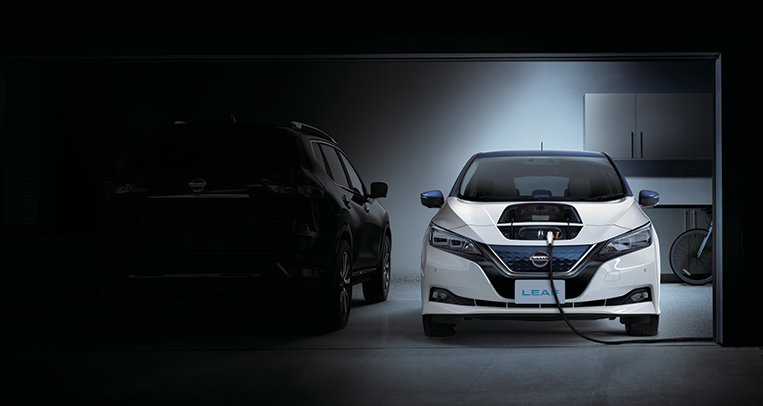


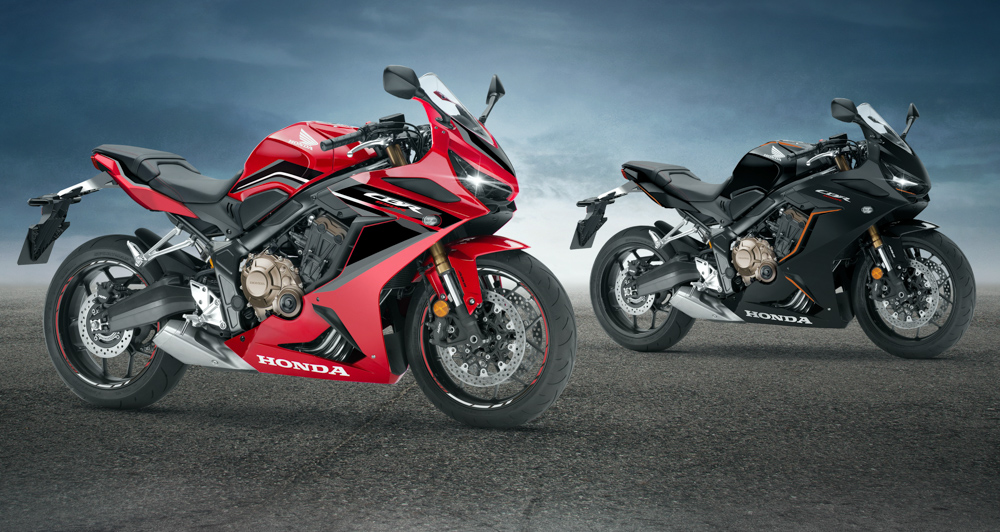
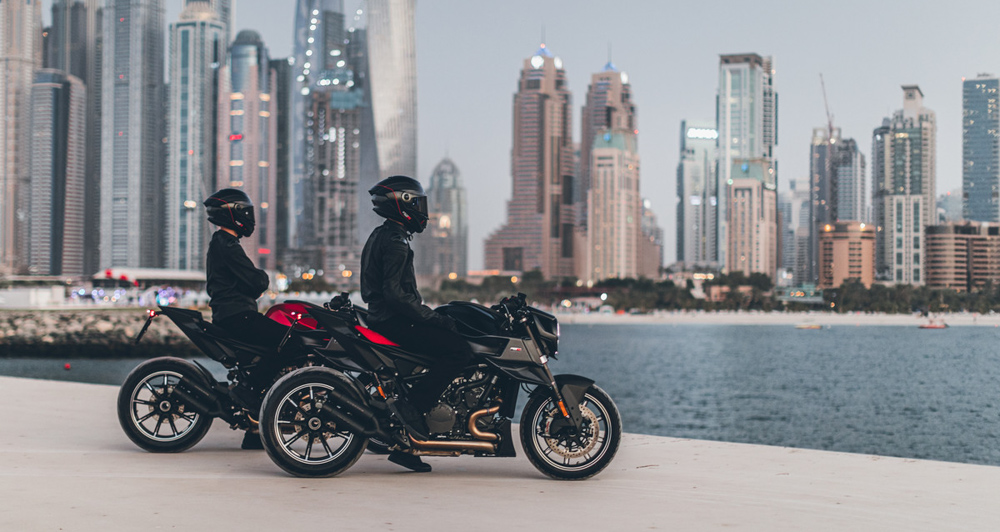

Comments